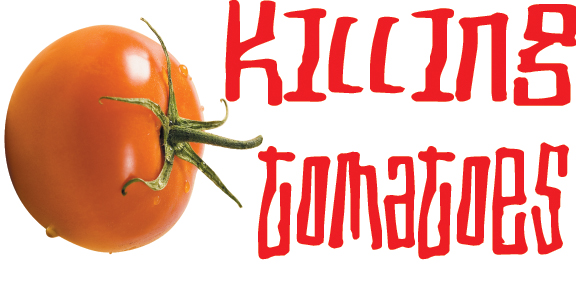
Archives
Killing Tomatoes
About this time of year, you might hear complaints about the sorry state of tomato plants. Yes, many ... Read more

About this time of year, you might hear complaints about the sorry state of tomato plants. Yes, many ... Read more